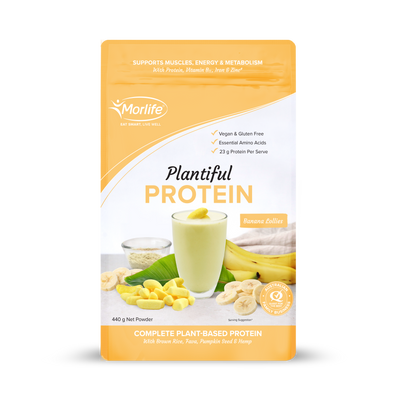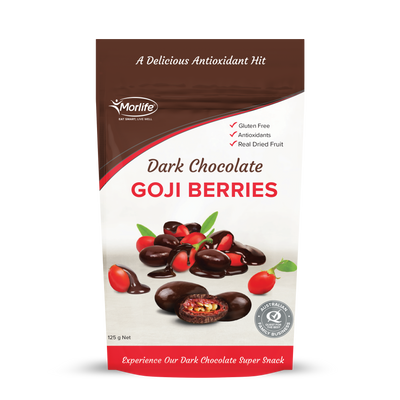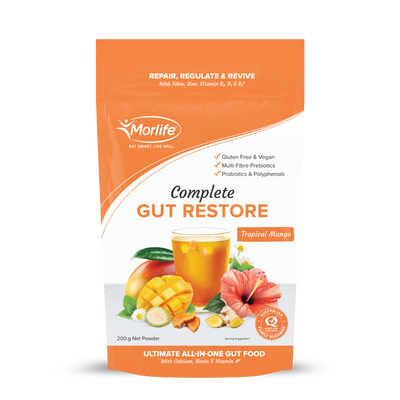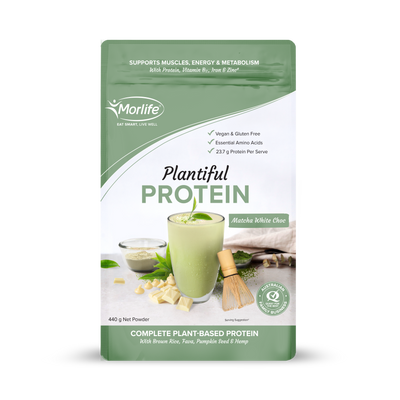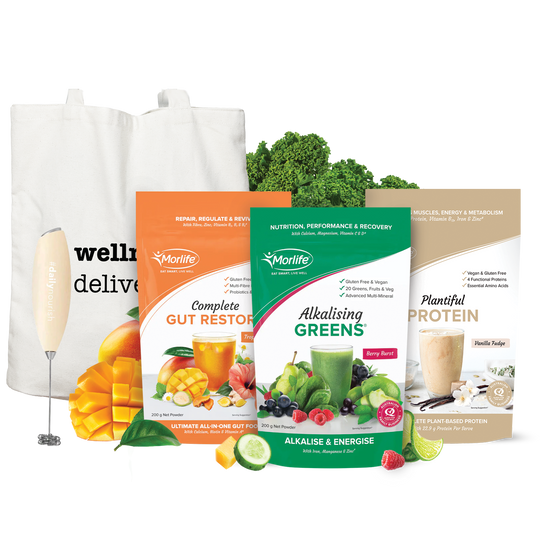Considering Switching To Home Made Dog Or Cat Food? Here's What You Need To Know
Commercial pet food can be pretty disgusting and it’s difficult to determine what’s really in it, so no wonder people are turning to home made pet food for the fluffiest members of their family. However, sometimes the best intentions can lead to terrible consequences. Before trying to put your furry friend on a special home prepared diet, make sure you do your research and talk to your vet. The dangers of nutritional deficiency or accidentally giving your pet something toxic are quite high if you don’t really know what you are doing. The nutrient requirements and digestive systems of animals are all very different to each other, so we have to make the effort to make foods that are species, breed and individual needs specific.

Cats are known as obligate carnivores, which means that they depend on meat for their nutrient intake, and meat should make up at least 70% of their diet. Their digestive tract is shorter which means there is less time and surface area to absorb nutrients. A diet too high in carbohydrate and insoluble fibre will speed up the rate the food moves through the digestive system and compromise the efficiency of the digestion and nutrient absorption. Cats need a diet rich in protein, fats, vitamins and minerals. The goal when making your own cat food is to give them the closest thing that they would have been eating in their natural setting. If you own a mincer, mincing up meat, bones and organs all together is a great start (but not the most enjoyable bit of food prep, particularly for all the vegetarians and vegans out there – sorry!) Adding some salmon oil and an egg would bring things to the next level, and adding a very small amount of vegetables can also provide more variety in the vitamins and minerals that your cat is getting (but keep the portion of vegetables low). Cooking the vegetables slightly will help to break them down, which makes sense, considering that most plant matter cats would consume in the wild would have been partially digested by their prey already.

via @ps.ny
Dogs on the other hand are known as mesocarnivores, and their diet usually consists of 50 to 70% meat. So there is a bit more room to be creative with recipes for dogs. The classic combination of cooked chicken in rice is a great staple for dogs and vegetables like carrot, zucchini, sweet potato and peas are a great addition.
Some of the foods that can be toxic and should be avoided include:
- Avocado
- Alcohol
- Chocolate
- Coffee
- Garlic
- Macadamia nuts
- Walnuts
- Onions
- Grapes
- Raisins
There are endless possibilities for home baked dog treats these days too (but remember not to get carried away, because treats should only make up a very small proportion of a dog’s diet). There are a heap of dog treat recipes online. Some of them call for things like cream cheese for the frosting – go easy on this because some dogs are lactose intolerant and even trace amounts of lactose could upset their tummies.
A great recipe for a treat your dog will love is this carrot and applesauce cupcake!
DOG TREAT: CARROT & APPLESAUCE CUPCAKES
INGREDIENTS
1 cups of flour (whole wheat, buckwheat or similar)
1 tablespoon of Morlife Certified Organic Lucuma Powder (for extra fibre and flavour)
1 tsp. of baking soda
2 small or 1 large grated carrots
2 eggs
½ cup of unsweetened apple sauce
1/4 cups of vegetable oil
2 tablespoons of peanut butter
STEP BY STEP
- Preheat oven to 180 C degrees
- Mix together the carrot, eggs, apple sauce, vegetable oil and peanut butter in a bowl.
- Slowly mix the dry ingredients (flour, lucuma powder and baking soda) into the wet mix, and stir well until smooth.
- Spoon the mixture into a lightly greased muffin tray and bake for approximately 30 minutes (until cooked through)
- You can use a little more peanut butter as icing and decorate with a little dog treat.
Lisa Morrison
Research Nutritionist
BSc(Human Nutrition)

